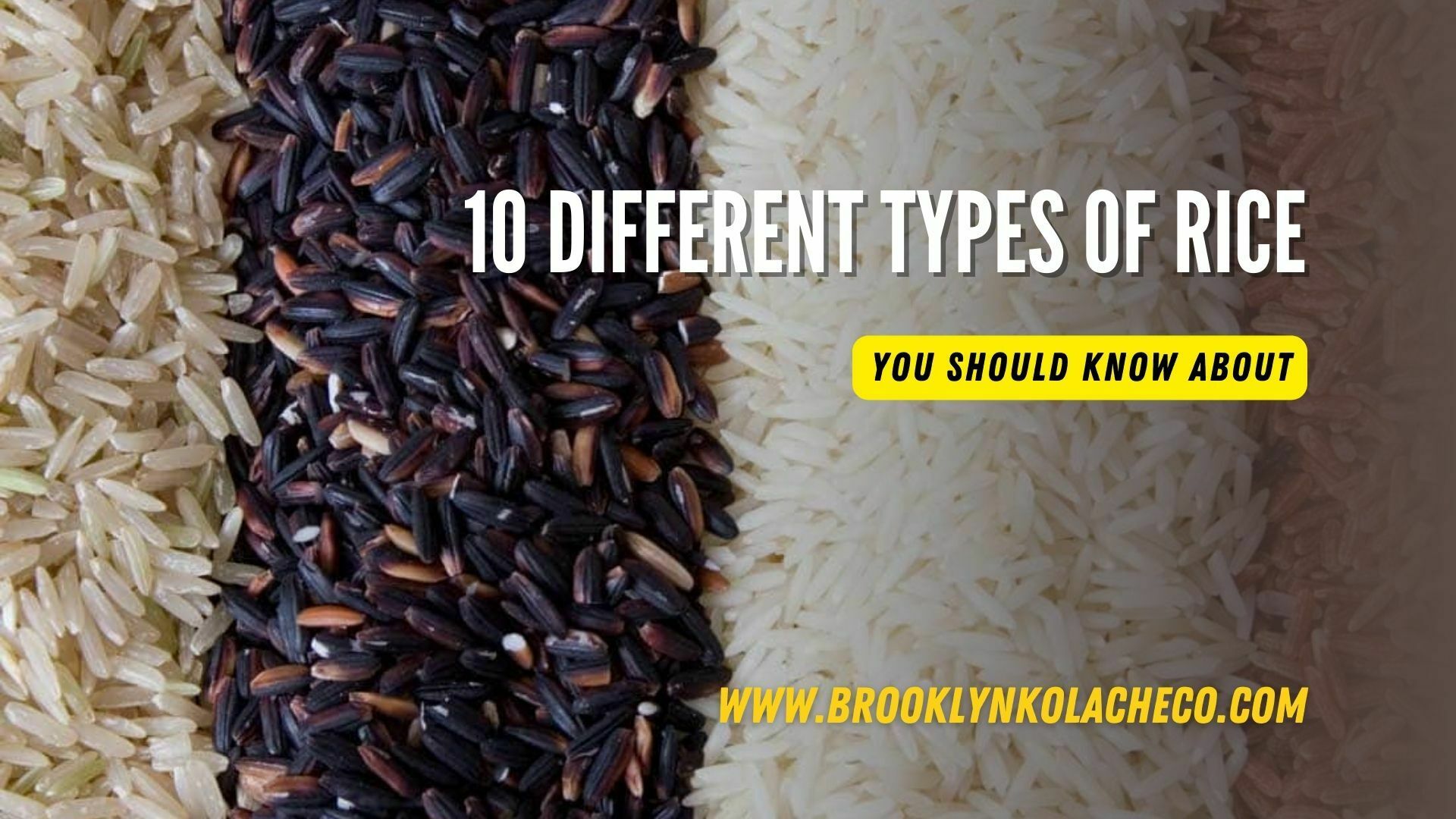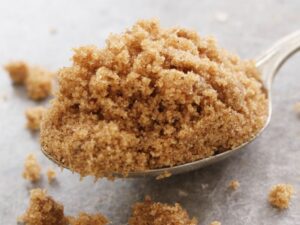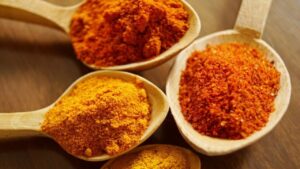Rice is one of the most versatile, easy-to-find (and cheap!) foods that you can use to make a multitude of dishes. If you’ve never thought about what type of rice to have on hand, this blog post will give you just the information you need to do some rice shopping.
There are 10 major types of rice that are available and a few minor types that are mostly used for pilafs and other dishes. The major types of rice sold in the US market include short-grain, medium-grain, long-grain, wild rice and brown rice.
This post will help you choose the type of rice you want to keep on hand based on your personal preferences. If you like softer cooked rice with a nice fluffy texture, then long-grain or medium grain will work best for your family. If you like rice that is not quite as mushy and soft, then short or wild might be the place to start.
If you have a recipe that calls for a specific type of rice, then by all means purchase that type of rice for your recipe to be successful. Below I will list several different recipes and the types of rice they can use depending on your personal preferences.
10 Most Popular Types of Rice
1. Short-Grain Rice
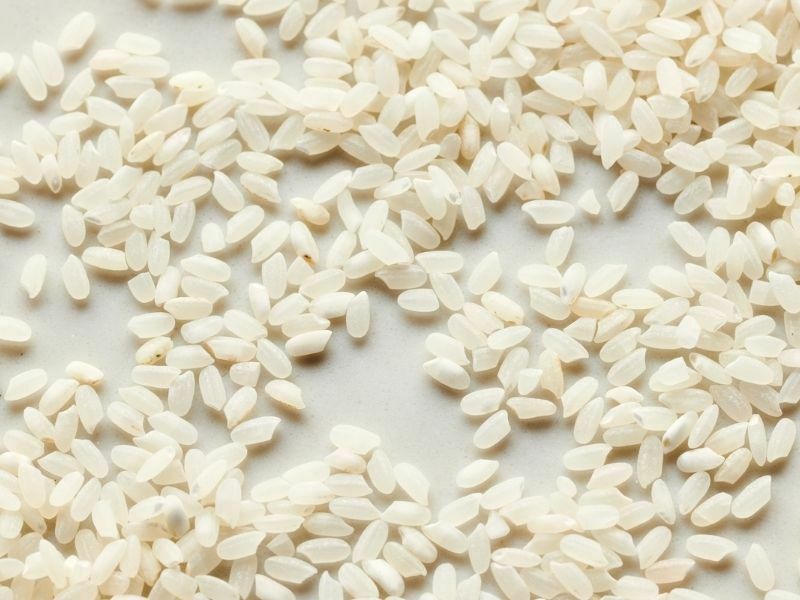
Short-grain rice is typically the cheapest of all the types of rice because it is the least expensive to grow. This type of rice has a high amount of starch and a sticky consistency once cooked. Short-grain rice gets stickier as it becomes colder. The stickiness comes from more gelatin that forms in the grains when they are cooler. This gelatinizes the starch granules. When there is a large amount of starch in the grains, this results in a sticky texture when cooked. Like all types of rice, short-grain rice is highly perishable and should be used within one to two days of purchase.
You can use various types of short-grain rice to make fried rice or plain cooked rice. The starch in these grains also helps the grains to fluff up and become nice and fluffy when cooked. You can use short-grain rice in Asian recipes such as paella too.
Best used for: Fried rice, plain cooked rice, paella, risotto
2. Medium-Grain Rice
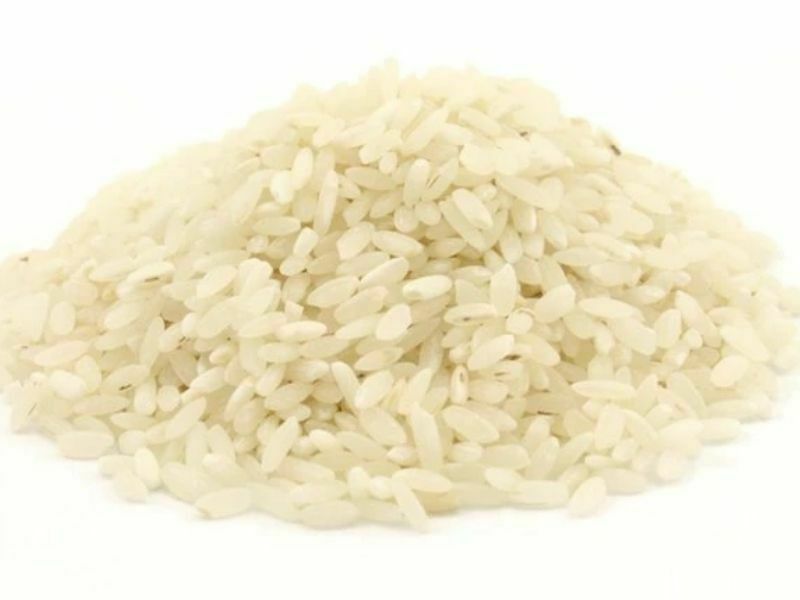
The medium-grain rice is a very popular variety of rice. This rice has a longer shape than short-grain rice and is often used in pilafs, salads and side dishes. Medium-grain rice has a milder flavor than short-grain rice too. When you purchase medium-grain rice, it is recommended that you rinse it to reduce the starch. Rinsing will also wash away some of the excess bran that can taste bitter or grainy when cooked. Medium-grain rice is ready to be cooked as soon as you open the package. It does not need to be rinsed or precooked.
Best used for: Basmati rice, pilafs, salads, side dishes
3. Long-Grain Rice
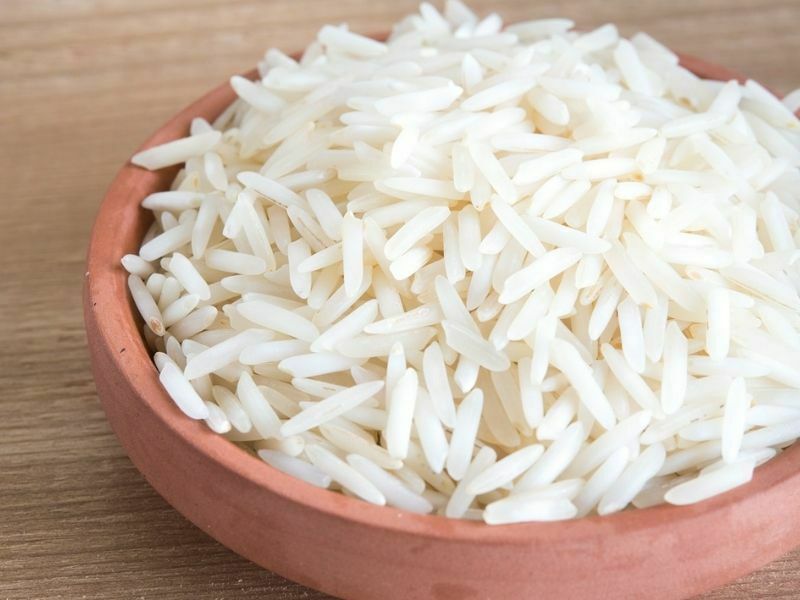
Long-grain rice is a very popular type of brown rice and is available in both brown and white varieties. This type of rice has a smoother texture than medium-grain or short-grain. Long-grain rice is commonly used in risotto or in pilafs. It has a milder flavor than the other types of rice and has the most texture of all the types of rice. It can be used to make fried rice, plain cooked rice and is an excellent base for pilafs.
Best used for: Fried rice, plain cooked rice, pilafs, risotto
4. Wild Rice
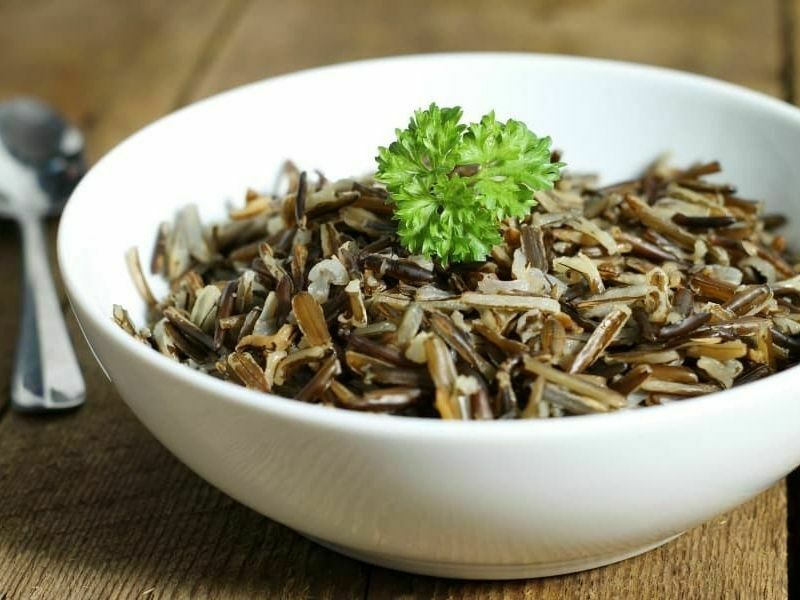
Wild Rice is not considered a “true” type of rice because it does not grow on a farm. Wild rice is a grass seed that grows in lakes, rivers and streams. The grain looks like a long, wiry haystack with a layer of bran on top. It also has a slight nutty flavor. Wild rice is similar to brown rice in that it has been cooked by the freezing and thawing process many times to make it softer and more edible. While it is not considered a true type of rice, the grains are sold in the same packages as brown rice. This grain is also very high in fiber and has a nutritional content similar to whole grains.
Best used for: Fried rice, pilafs, salads, side dishes
Wild Rice can be used in a pilaf and risotto recipe too.
5. Brown Rice
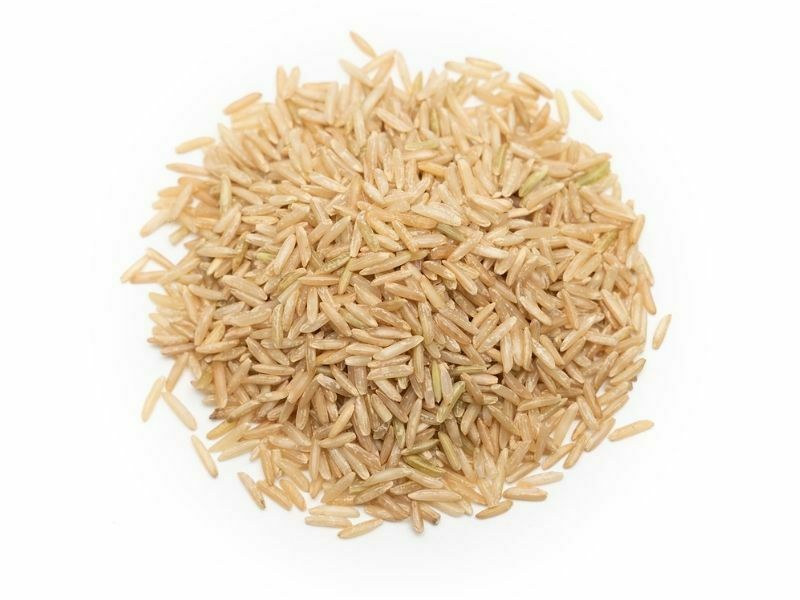
Brown rice is different from white rice because of its bran layer. The bran layer contains trace minerals and is where the vitamins and nutrients are located. This includes B vitamins, vitamin E, biotin, magnesium and calcium. This rich nutritional content gives brown rice a slightly chewy texture and nutty flavor that is quite similar to whole wheat pasta. Brown rice also contains more protein than white rice which makes it a healthier option too.
Best used for: Fried rice, pilafs, salads, side dishes
The brown rice can also be used to make risotto and pilafs.
6. White Rice
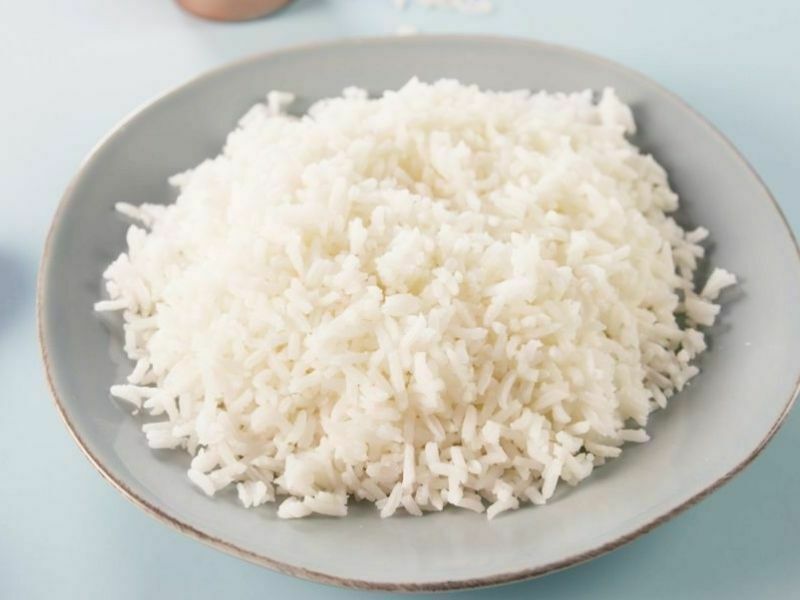
White rice is a type of rice that is grown in Thailand, India and Indonesia. This type of rice has a very different taste to it since it doesn’t have the fiber rich bran layer like other varieties of rice. It’s white color is due to the lack of nutrients in the bran. It is lower in some vitamins and minerals than other rice types too.
Best used for: Fried rice, pilafs, salads, side dishes
You can use the white rice in pilafs and risotto recipes as well. There is no difference in the taste of white and brown rice so either type of rice can be used to make these recipes.
7. Brown Basmati Rice
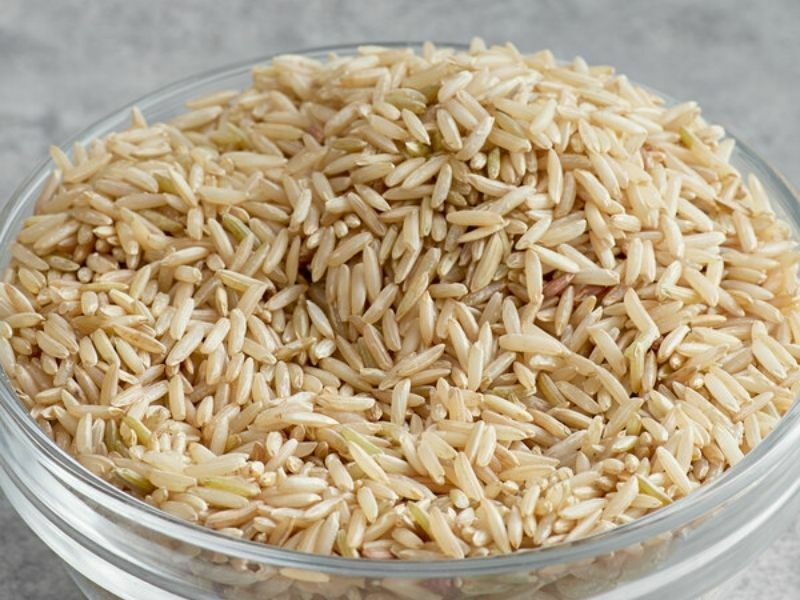
Basmati refers to an aromatic variety of long-grain rice that is grown in India. It is not a true type of rice but is the most common variety of rice grown there. This brown rice has a very distinctive nutty and earthy flavor along with a higher amount of fiber as well. The grains are larger than other varieties so it creates a more elegant and eye-catching appearance when cooked. Brown Basmati Rice is considered to be a more expensive type of rice, but it is also very flavorful and unique in flavor. It’s high amount of fiber helps to slow the absorption of sugars when consumed.
Best used for: Fried rice, plain cooked rice, pilafs, risotto
I have been using brown basmati rice instead of the other types of rice to make all my fried rice and side dishes lately since I have made so much with that variety. I also like to use this rice in my Thai curry recipes since it adds a nice flavor to the dish.
8. Arborio Rice
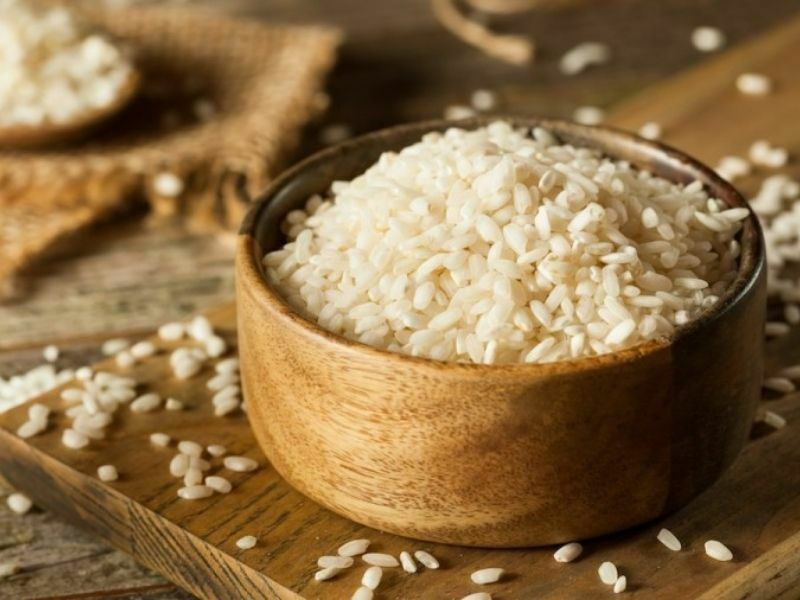
Arborio Rice is a type of Italian long-grain rice similar to the short-grain rice used in Asian recipes. It has a unique white and yellow color as well as a denser texture than other types of rice. You can use Arborio Rice in risotto and pilafs but it’s not really for use in fried rice or plain cooked rice. The grains have a small, dark portion near the tip of each grain that is called the “eye”. The seeds of Arborio Rice are very small which makes it a good choice for risotto. The grains have a high starch content and are cooked by the rapid boiling method.
Best used for: Risotto, pilafs
9. Jasmine Rice
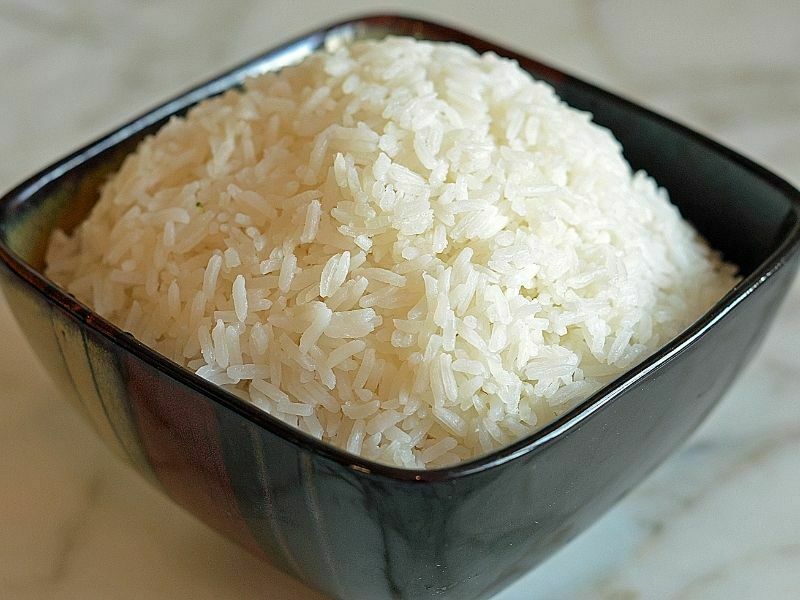
Jasmine Rice is a long-grain variety of rice that is popular in Thailand and Vietnam. The grains are quite long and slender which means they don’t need to be rinsed before cooking. Jasmine Rice has a relatively high starch content, making it the perfect choice for paella. This rice is soaked in water to reduce the starch then rinsed before cooking to remove any dust or impurities that may be on the outside of the grains. Jasmine Rice does not absorb as much liquid as other varieties of rice so it can be cooked in a smaller amount of liquid.
Best used for: Paellas, fried rice, salads, plain cooked rice
10. Sushi Rice
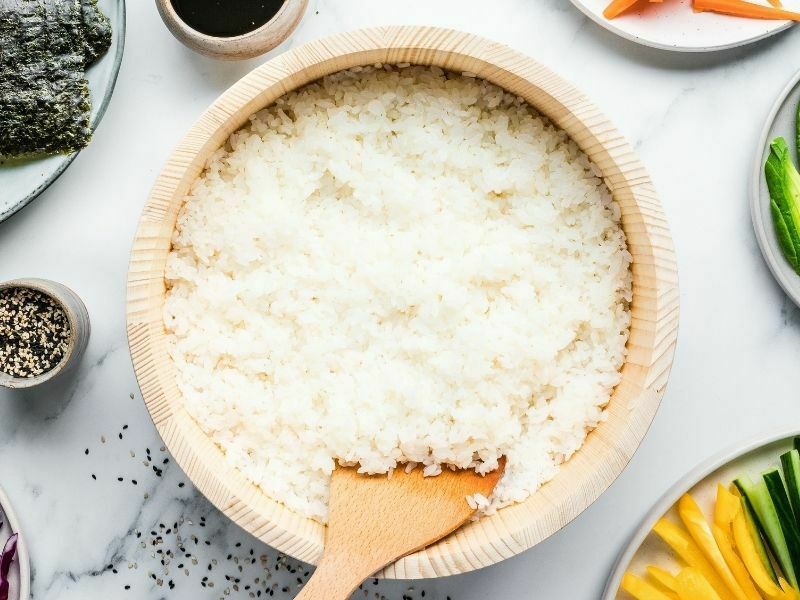
Sushi Rice is a short-grain variety of rice that is grown in Japan. This rice is perfect for making sushi and also for eating with sushi. It has a very high starch content which enhances the stickiness of the rice. The short grains are popular for use in sushi because they cling together well and create a firm texture. Look for the type of Sushi Rice that has been polished to remove all of the bran layer. White Sushi Rice is the most refined rice used to make traditional sushi because it’s made to be eaten with sushi.
Best used for: Sushi, fried rice, plain cooked rice
Can I Use Basmati Rice Instead of Regular Rice?
As you’ve already seen, there are many varieties of rice available. You may be wondering if Basmati would be a better choice than regular rice or vice versa. Most people prefer Basmati over regular white rice because of its nutty flavor, buttery texture and aroma. However, because Basmati rice has a higher number of nutrients and fiber, it actually takes longer to cook. This means that you would need to follow the other cooking instructions in that recipe so that you don’t burn the rice. The exact cooking times will vary for each recipe but Basmati rice will likely take longer to cook than regular white rice.
Some of our recipes use regular white or brown rice as a base for fried rice instead of using basmati. This is a good way to use up leftover rice too. You can use regular rice in this recipe too; the only difference would be that the texture may seem different. You can check out some fried rice recipes on our site and we will also provide cooking times for each one as well.
How to Store Rice
Rice is best used as soon as possible after you purchase it since it will lose its nutritional content over time. Rice will also lose it’s flavor and aroma if it is stored too long as well. Below are some tips to keep your rice longer:
- Store the rice in an airtight container with a tight fitting lid. Rice can be stored in the freezer but you should use an airtight container to avoid freezer burn.
- Always store your rice in the refrigerator if at all possible. If you don’t have space, you can store it in your pantry. The pantry will dry out the rice and cause it to lose some of its nutritional content.
- Store any leftover rice in the refrigerator in an airtight container if possible. You can reheat it later to enjoy with another Thai dish or eat it as a side dish. If the rice is too old, it may no longer taste very good.
- Rice will keep for several weeks in the refrigerator. It can also be frozen for a month or so as well. Once you’ve reached that point, you can use it in any of your favorite recipes and simply thaw it out when you are ready to use it. Leftover rice can be used in fried rice recipes, stir fries, Asian soups and more.
How To Cook Rice
Cooking rice can be quite a challenge since the cooking water needs to reach at least three-quarters of the maximum amount of water usually recommended by a cookbook. If you plan on making cooked rice at home, I recommend using a rice cooker so that you can have perfect results every time. However, if you would like to cook rice in your lifestyle, here is my basic guide on how to cook rice properly without rice cooker:
- Fill up your pot with enough water and cover it with the lid.
- Bring the water to a boil. This is the time when you add the rice to the boiling water. Add one part of rice and two parts of water, so two cups of rice will need four cups of water.
- Cook until the rice begins to boil and then turn the heat down to low or simmer.
- Keep your lid on, but stir every ten minutes until it is cooked through and all bits of rice are floating on top.
- Turn the heat off and let the rice sit for about ten minutes before draining it of the excess water.
If you are cooking rice in a pot, remove it from the burner to simmer and cover it with a lid. Do not remove your lid until the rice is done cooking because you need to keep steam in so that you can get perfectly cooked grains of rice.

